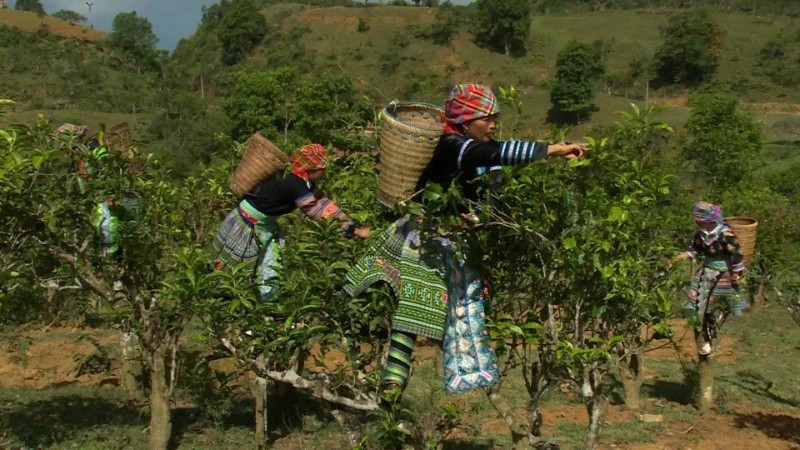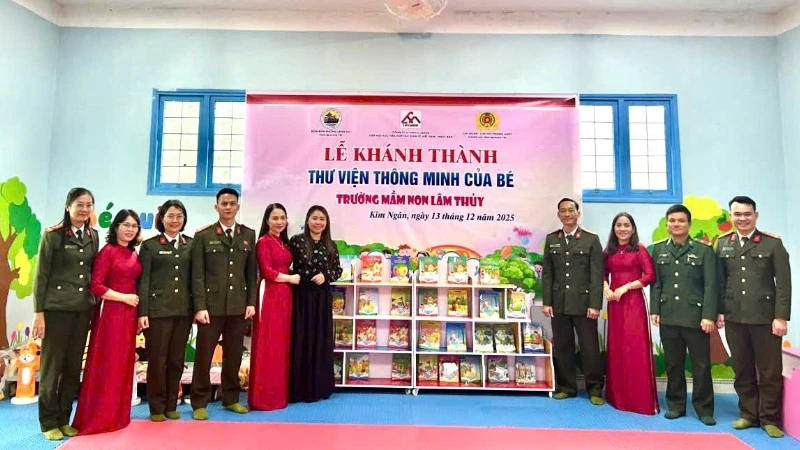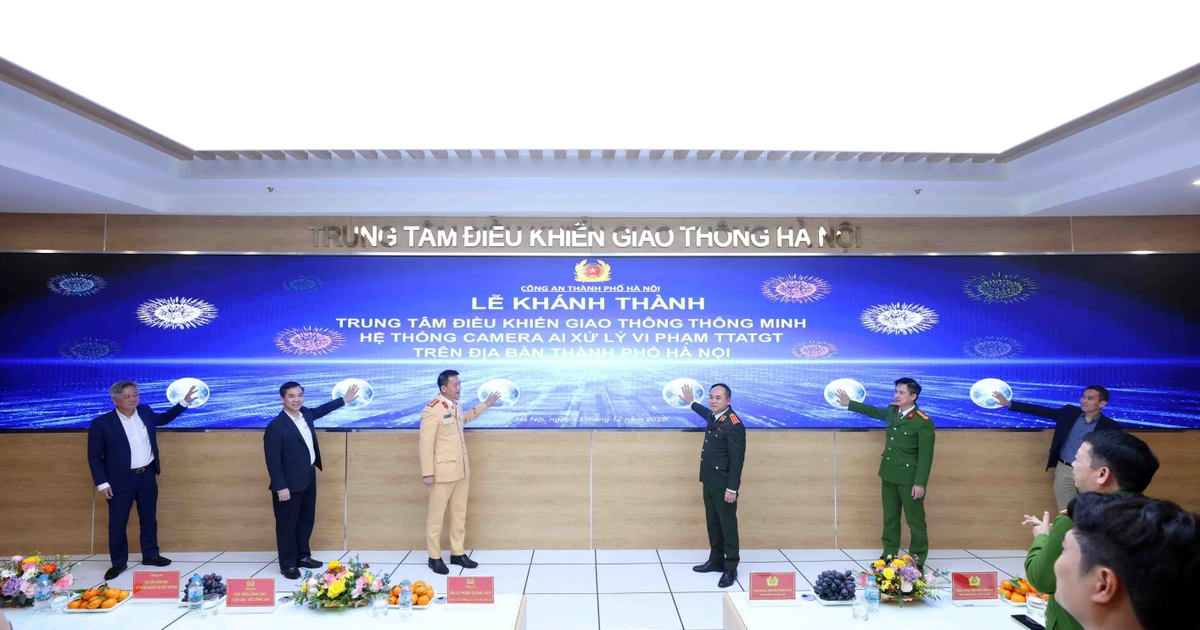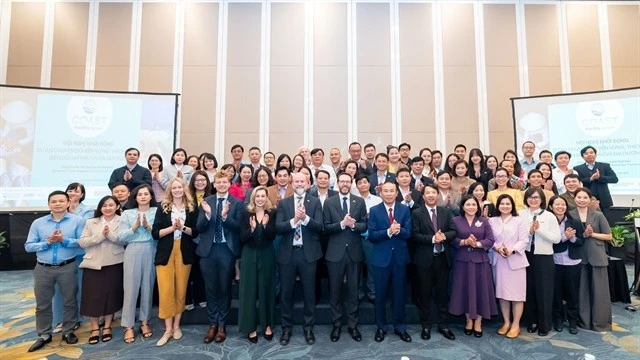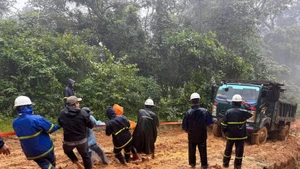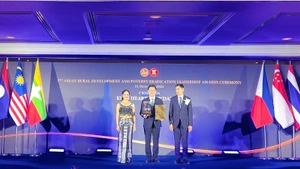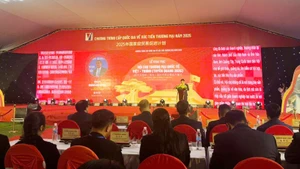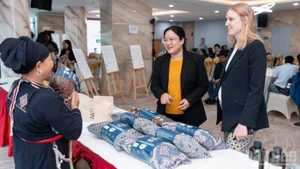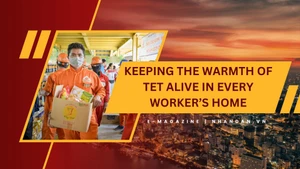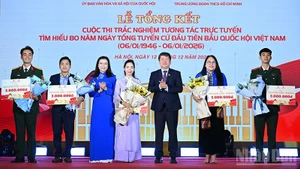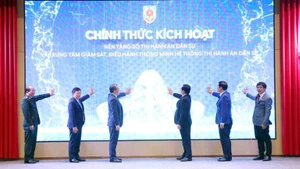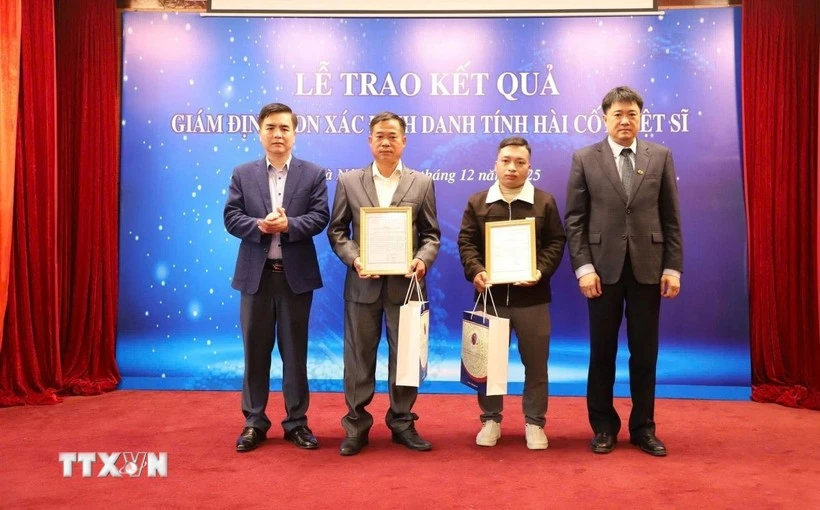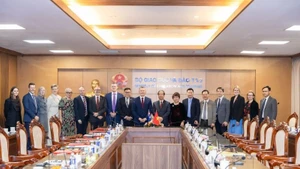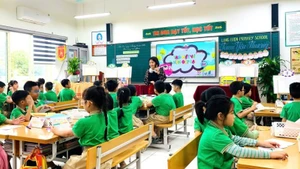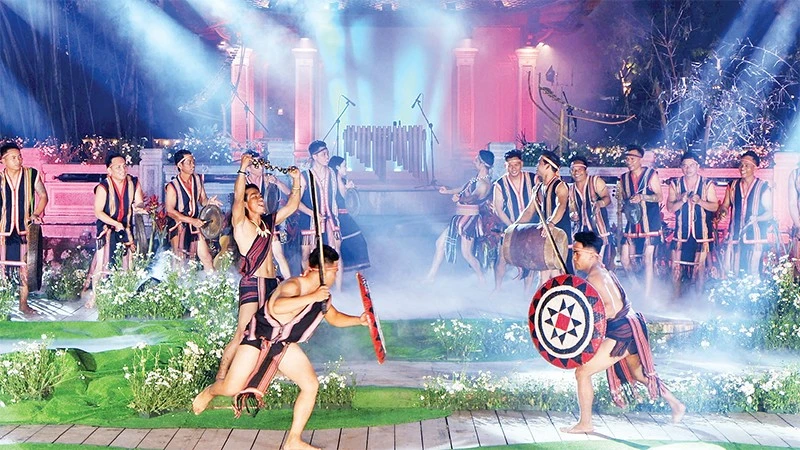In Suoi Giang Commune (Van Chan District, Yen Bai Province), where over 98% of the population is H’Mong, traditional funeral practices were once a heavy burden due to outdated customs that left many families financially and emotionally drained.
Change began to take root after 2010, especially following the implementation of Resolution No. 33-NQ/TW, issued on June 9, 2014, on "Building and developing Vietnamese culture and people to meet the requirements of sustainable national development." This was closely aligned with the nationwide movement “All people unite to build new-style rural areas and civilised urban areas,” which incorporated efforts to preserve and promote the unique cultural identity of the H’Mong community in Suoi Giang. Life gradually improved, and outdated customs were increasingly left behind.
Vang Sung Hai, then head of the Vang family clan, was a pioneer in advocating for simplified funeral ceremonies, including the use of coffins. “Preserving our cultural identity is essential, but customs should not become a burden for the living,” he emphasised. With his influence and support from local authorities, these progressive practices began to spread across the community.
By the end of 2024, nearly all villages in the area had developed community charters and regulations that both reflected H’Mong cultural values and incorporated new rural development standards. The percentage of households recognised as “Cultural Families” reached 83%, surpassing the initial targets.
Many households, such as those of Sung A Henh, Vang A Giao, and Vang A Chong, led the way in developing community-based tourism connected to the processing of Shan Tuyet tea. In 2024 alone, Suoi Giang Commune produced 620 tonnes of fresh tea buds from 410 hectares of ancient Shan Tuyet tea trees. With rising tea prices and a growing tourism sector, many families escaped poverty and prospered.
In Lao Cai Province, nearly half of the 38 community-based tourism villages are home to H’Mong residents. Cultural spaces—from traditional architecture and clothing to daily customs—are actively preserved. A vibrant cultural life serves as a key advantage for the development of responsible and distinctive community tourism.
The Bac Ha market in Lao Cai bursts with ethnic colours. Among the sounds of the iconic H’Mong khen (flute) are rounds of applause from visitors watching a martial art performance by artisan Ly Seo Ho and his students. “Khen martial arts and senh tien martial arts are traditional fighting techniques once used by the H’Mong to fend off wild animals and enemies,” explained Ly Seo Ho from Ban Pho Commune, Bac Ha District. “Today, artisans have transformed them into unique folk dances performed during festivals to attract tourists. It’s a way of adapting our cultural activities to modern times.”
Tran Huu Son, former Director of the Department of Culture, Sports and Tourism of Lao Cai Province, remarked: “H’Mong culture is both unified and diverse. This sense of unity and ethnic cohesion has allowed H’Mong culture to endure through generations. It also profoundly shapes cultural, sports, and tourism activities in H’Mong-populated areas. Therefore, culture must be the foundation for development—and a key driver for tourism and improving the quality of life for the people themselves.”
